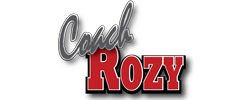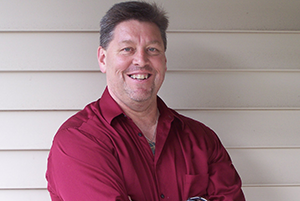#2 Rest and Recovery

Last week we got into the keys to reaching those peak levels of performance – what I called the 7 Elements. Last week we hit on KEY ELEMENT #1 – NUTRITION. This week we work into KEY ELEMENT #2 – REST & RECOVERY.
This is a hot topic, and I just had a talk with one of my newer clients about this. They had been training hard, sometimes twice a day – and HAVE NOT HAD A DAY OFF SINCE JANUARY! For continued gains and improvement – YOU HAVE TO RECOVER. Most of us are GREAT at working hard, wrecking the body and pushing it to, and sometimes, past it’s limits. The key to success is to make sure we allow the body to come back stronger! Which is the rest and recovery.CRlogonobackground
Rest and recovery may be the most critical components of any successful performance and training program. But many times, these are overlooked. Keep in mind here – there is a difference between rest and recovery or how to properly implement them both. If you stop and think about it, if you train hard, and put in 10-12 hours per week, you have 156 to 158 non-training hours or roughly 95% of your time left for rest and recovery. Where is this “extra” time going and why do you walk into your workout dragging? Remember, it takes time (some experts say 48 to 72 hours to let the body recover from a workout depending on what you do, the intensity and your training background).
Most easily defined as a combination of sleep and time spent not training, rest is the easiest to understand and implement. How you sleep and spend this time is very critical. If we only get 5 or 6 hours, it’s easy to say we’re not getting enough rest. Open and closed.
Recovery, however, refers to techniques and actions taken to maximize your body’s repair. These include
- hydration
- nutrition (which we hit on last time)
- posture
- heat and ice
- stretching and maybe some form of myofascial release
- stress management
- compression, and time spent standing versus sitting versus lying down.
So, recovery is many things and is more than just muscle repair – letting the muscles rest from activity. Recovery involves chemical and hormonal balance, nervous system repair, mental state, and more. If you’re also looking for the best nutrition for your kids, it is essential to check out this nursery in stockton.
These are the different systems that need to recover – hormonal, neurological, and structural. Our structural system includes muscles, tendons, ligaments, and bones. Muscles recover the quickest because they receive direct blood flow. Tendons, ligaments, and bones receive indirect blood flow and therefore can take longer to recover and be more susceptible to overtraining stress. I have seen high levels athletes get SLOWER AND JUMP LESS after a month of hard training that stress the tendons and ligaments. That’s why if someone has a hard day of plyometric training (think JUMP TRAINING), it can really be hard on the tendons and ligaments, SO MORE TIME FOR RECOVERY IS NEEDED!
For most of us, the goal should not be to work for perfection or include exactly levels of each factor – leave that for professional athletes to strive after. Our goal is to prioritize life and maximize performance without personal sacrifice. Kick back, relax, and enjoy an evening out with friends. Order your favorite beer and get the ribs as this may mentally benefit you more, allow you to unwind, and put you in a better place to perform as opposed to another solitary night of broccoli and chicken. Life for an athlete who sacrifices everything for the sake of performance can be very lonely and tiresome – and many of us can do it for a short period of time – but I always as the folks I work with; can you do this lifestyle for the rest of your life? If the answer is no, something needs to change. Again, not to say starting a program that “kicks things off” is bad, but as you progress, you may need to change up what you are doing.
A balanced combination of rest and recovery along with proper diet and exercise should be a part of any performance regimen. Unless you are competing as an elite level, I suggest following the 80/20 rule. Eighty percent of your time can be spent focusing on diet and exercise, while twenty percent should be left for enjoying life. In other words, don’t let yourself get too wrapped up in perfection. Don’t be afraid to take a day, or two, off here and there. Laying out a plan, with set days of rest, a day to go to get a massage, a day to have an “active rest day” for a workout is a good thing. By proper planning, you can find the time to rest, relax and still hit your highest levels of performance. Who knows, you might even see my client sitting next to you in that lounge chair on your next day off.










